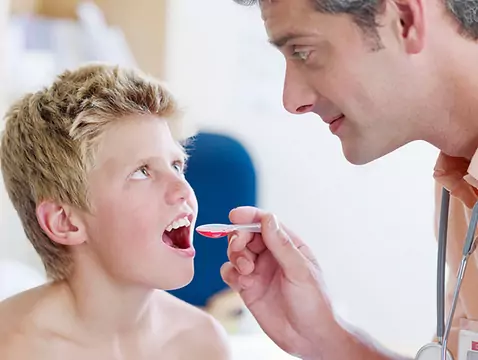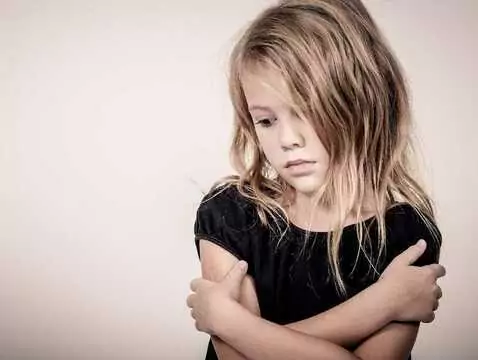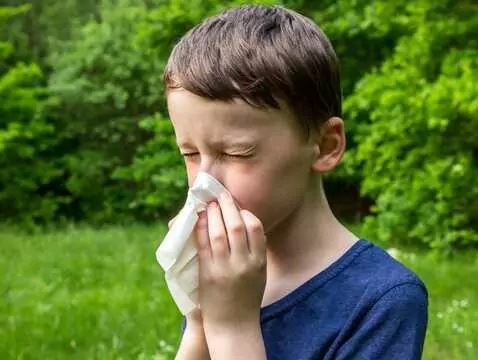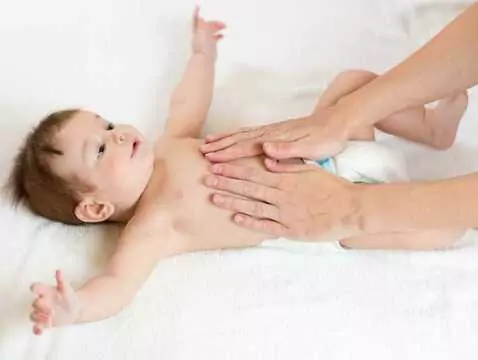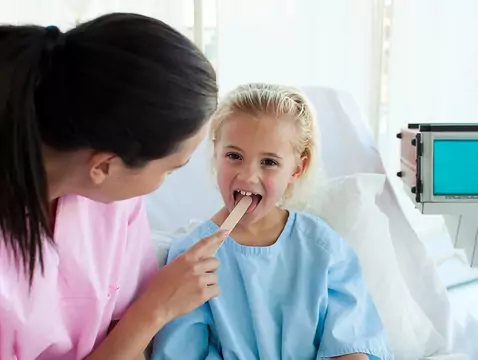Colds are the most common illness among children of all ages. It is a viral infection of the upper respiratory tract. They can be caused by more than 200 different viruses. It is most commonly caused by rhinovirus.
With the exception of newborns, colds in healthy children are not dangerous. They usually disappear within 4 to 10 days without special treatment. A child's catching a cold does not leave any lasting immunity as the illness is caused by different virus species. Pre-school children have about nine colds a year, kindergarten children can have about 12 colds a year and adolescents and adults have about seven colds a year. The infection season runs from September to March, so the incidence of colds is more frequent during this period.
The common cold usually starts slowly. The most common symptoms of a cold are general weakness, a feeling of being unwell, a sore throat (burning, scratching), a runny nose (first mucous, then purulent), sneezing, coughing, loss of appetite, fever, headache are common. Sometimes there is diarrhoea and vomiting; muscle aches.
The best way to prevent a child catching a cold is to teach your child to wash their hands properly with soap and water. The viruses that cause the common cold are spread by direct contact (for example, when a sick child wipes his or her nose in his or her hands and then touches the child, thus infecting him or her) or indirectly through infected objects (e.g. doorknobs, toys, pens, etc.).The virus can survive on objects for several hours. The most important thing in the prevention of the common cold is thorough hand washing. Sick children must be taught to cover their mouths when sneezing, coughing; to avoid spreading viruses.
The common cold usually does not require special treatment. Only symptomatic medicines are used. These are available without a prescription. Antibiotics are not used as they are ineffective against viruses. For fever, e.g. paracetamol, ibuprofen.





